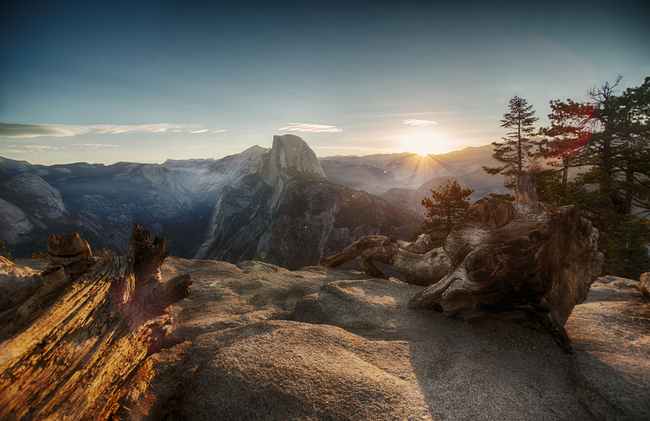
Last month, I found myself faced with a running emergency. There was the familiar itch in my legs, the one that tells me I’ve been sedentary for too long and it’s time to get out and go. However, Roger Federer was playing an important match in what looked at the time to be a winning run at Wimbledon. Anyone who knows anything about appreciating beauty knows not to pass up an opportunity to watch Federer play. It is for—and pretty much only for—such emergencies that treadmills should be engaged. During the match, I ran a precise number of tenths of a mile at a certain pace up a specific percentage incline and was informed of the burning of each individual calorie along the way.
It was very informative, very scientific. But what of all this data? Running for me has never been about numbers, and I have no interest in turning myself into an efficient machine. Thankfully, such emergencies are rare and I do most of my running in the out of doors away from gadgets and apps and the floodwaters of information.
A couple weeks after the Federer match, I felt that itch again to run my legs over open ground. I was in Yellowstone National Park, on my first visit since moving to Bozeman earlier in the summer. I was at the Petrified Tree, having driven through Livingston, Paradise Valley, and Gardiner, and stopping a few times in the park as I made my way generally toward Lamar Valley, where I figured I’d have my best chance at viewing wildlife. In itself, that doesn’t make for a ton of car hours. But there are times when the body demands to join in with emotion. And the predominant emotion this morning was wonder. Natural beauty on the order of Yellowstone has the tendency to overwhelm, especially someone seeing it with fresh eyes. You want to take it all in, and part of the joy of the experience is knowing there’s no way you possibly can. When that feeling moves into your legs, running’s about the only thing that will do.
Looking back from the Petrified Tree, I saw the trail leading through a drainage to Lost Lake and Roosevelt Lodge. Within minutes, I was pumping my legs on a single-track dirt path cut through sage and wildflowers, the straight lines of conifers marking the slopes and ridges above me on either side. I glanced over my shoulder to see that the road, the cars, and the other visitors to the park had already retreated from my view. I was alone. Right where I wanted to be. In it. And on the the move.
Later that day, not two miles from where I was running, I would see a black bear sow and two cubs. Had I come across this family suddenly on the trail it might, to say the least, have lessened my revelry. My bear mace, along with my water and most of my good sense, was back in the car.
Even undertaking better precaution, though, would not have lessened what I take to be the real glory of this short I run took. Knowing I might startle a bear or another animal, I was as highly attuned to my environment as I’ve ever been. It was the antithesis of a treadmill, a device which reconfigures running as a portal to a world of symbols and abstract quantities. I was focused on the uneven ground and every footfall upon it. I scanned the ridges and the bends in the trail as far as I could make out ahead of me. My world was as big as I could see and hear, no bigger, no farther away. It was a radically enlivening experience. My legs began moving faster and faster, my breathing came deep and easy, and my attention concentrated as pure as it gets.
When I got back to the car my heart was thumping in my chest so hard I swear I could see my T-shirt quiver. The dry air pulled the sweat right off my brow, and I felt as fresh as a shot of espresso, ready for bison and bears and waterfalls and surprises, ready to feel myself a part of the wonder.
Reader, I submit to you that the opportunity for wonder is one of the lasting joys of living and, for runners, the primary recommendation for National Parks. These are the places so unique, so arresting, so—if you’ll allow such a word—holy that we’ve agreed to preserve them for posterity. Ken Burns was right when he subtitled his National Parks documentary “America’s Best Idea.”
If you’re looking for parks to run in, here are several where I’ve had luck:
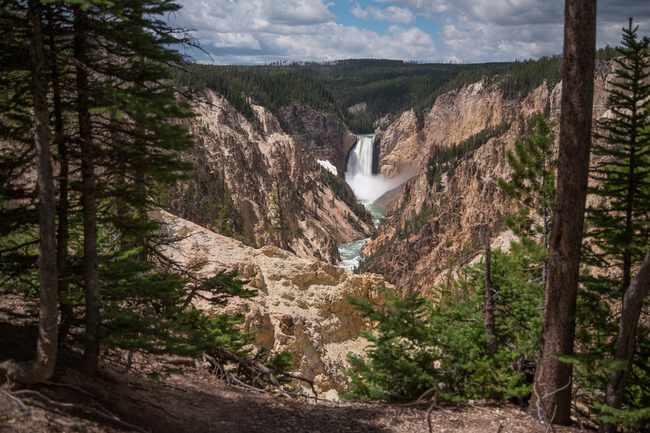
Yellowstone: Since the day at Petrified Tree, I’ve been back to the park and out on other routes. There are trails throughout the park traversing all manner of land formation. Avoid thermal features and, seriously, bring your bear mace. I’ve seen at least one bear per day on each of my visits this summer.

Yosemite: One of my favorite runs—and one of the shortest—was the .8 miles to the base of El Capitan. My buddy and I improvised our trail in a mix of running and bouldering and were rewarded with a vertiginous look straight up the rock face. Go at sunset for a magisterial view, and be sure to bring a flashlight. Want something longer? Try the Yosemite Valley Trail Loop, a mostly flat 11.5 miles with views of the park’s major features.
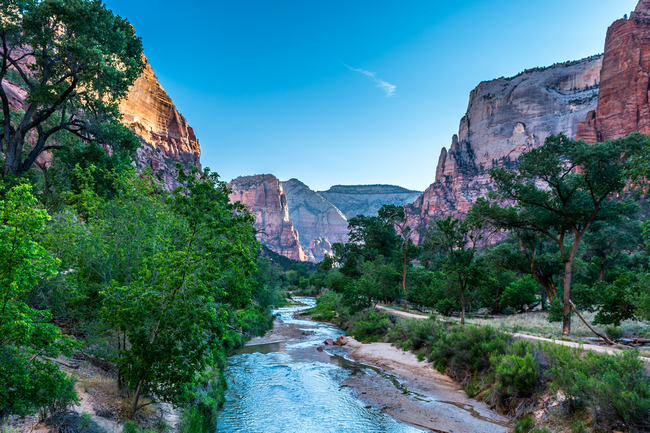
Zion: Runners have been making sport of racing the Zion Traverse, a 48-mile route across the park. If you want something more leisurely, there are other options that still provide excellent views of peaks and canyons. Try starting at the Wildcat Trailhead and running 5.8 miles to the West Rim Trail with an option to continue on the WRT.
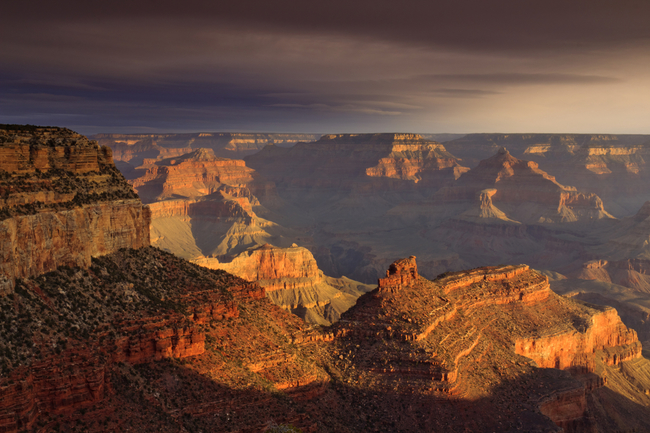
Grand Canyon: Whether you want to attempt the Rim-to-Rim run or something more tame (which is a relative term here), there is no shortage of trails leading down into the canyon (and, yes, back up). If you want to keep it flat, the Rim Trail on the South Rim gives you up to 13 miles up top. And if you’re looking for something organized, there’s always the Grand Canyon Half Marathon in May.
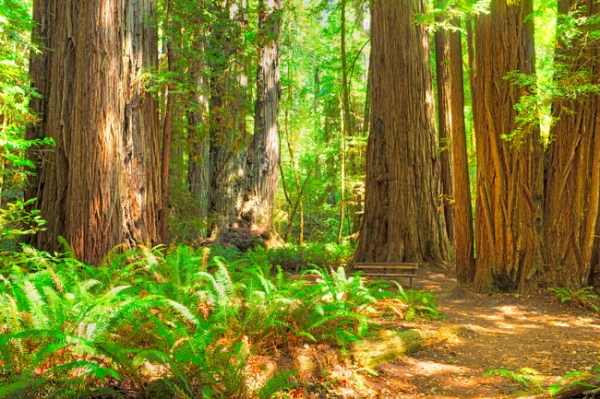
Redwood: Forget the forest. Sometimes it’s enough to see the trees. The redwoods are big enough on their own to put you in your small place: one person weaving through them. Consider it a good thing that parts of the Mill Creek Horse Trail are closed part of the winter; it’s to protect salmon, which means there still are some. Come back in the summer to run the stretches you miss.
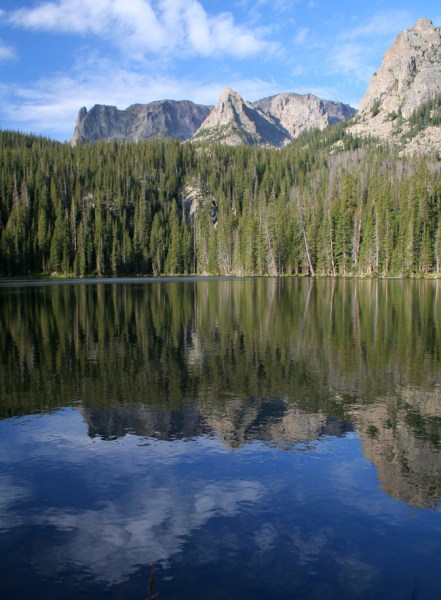
Rocky Mountain: Since I’ve been to this park, many of the trails have been closed or impacted due to flooding and landslides. Check on trail conditions and be prepared for spectacular mountain scenery and inspiration. It’s tough to find crisper air than in Rocky Mountain National Park. Too bad there isn’t more oxygen in it. If you can afford to acclimate to the elevation before running, your lungs will thank you.
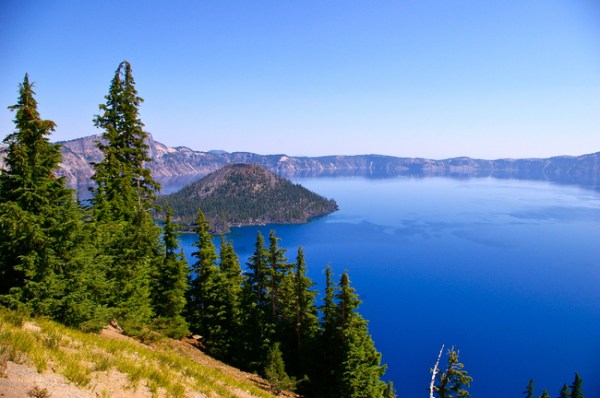
Crater Lake: The deepest (and probably the bluest) lake in the country and the only National Park in Oregon. See it all, including the picturesque Wizard Island, from Mt. Scott, the highest peak in the park, a steep 2.5 miles up (and seemingly steeper 2.5 back down).
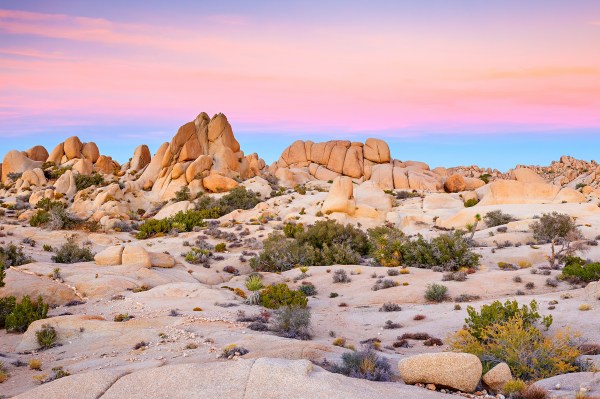
Joshua Tree. I’ve always found Joshua Tree the least earthly of the parks. I go there because I can’t go to Mars. Carry plenty of water with you into this desert, more than you think you’ll need. The Lost Palms Oasis Trail is a reasonable 7+-mile loop from Cottonwood Spring that reveals the essence of this strange land.
This summer, this post and a series of other narratives were made possible by ASICS and the release of the GEL-Quantum 360. You can explore more about them here.
Scott F. Parker is the author of multiple books, including the memoir, Running After Prefontaine.






